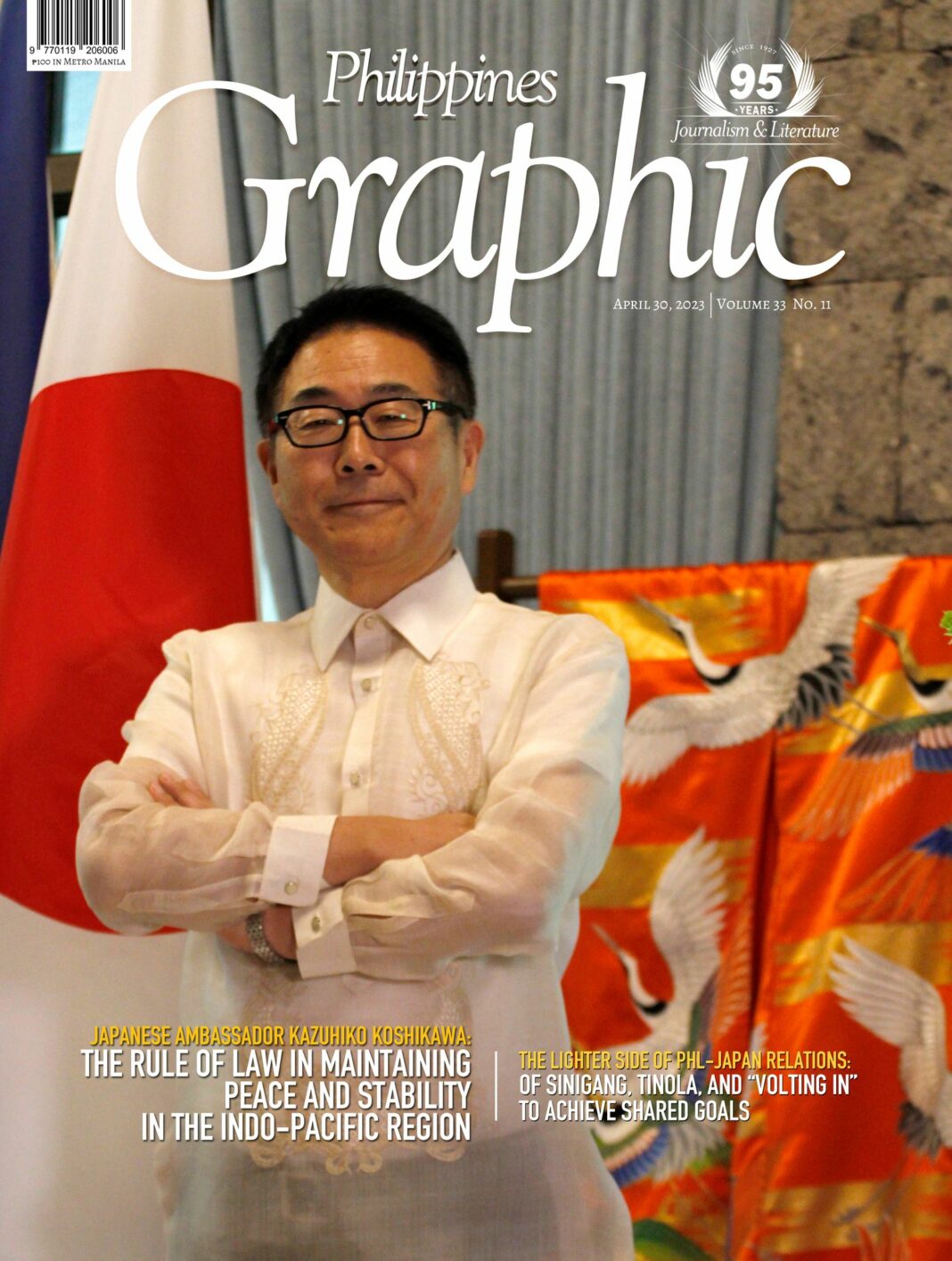In this exclusive Philippines Graphic interview, the Japanese envoy shares his views on the volatile West Philippine Sea issue, peace and unity in the Asia-Pacific region, Official Development Assistance, national security, peace in Mindanao, the Mindoro oil spill, continuing support for COVID-19 pandemic recovery efforts, and the prospects of Japanese business investments in the Philippines
During the February visit of President Ferdinand Marcos Jr. to Japan, it was announced that both countries have agreed to boost their defense ties, as tensions rise in Asia amid China’s growing influence. What moves on the ground has the Japanese embassy taken to realize this policy direction? What exactly is the importance of a stronger strategic partnership between the Philippines and Japan?
The Embassy of Japan is fully exerting all efforts to closely coordinate with the Marcos Jr. Administration. Guided by the Japan-Philippines Joint Statement, which is one of the great outcomes of President Marcos Jr.’s official visit to Japan, we will resolutely continue to work together with the Philippines to further boost our security cooperation.
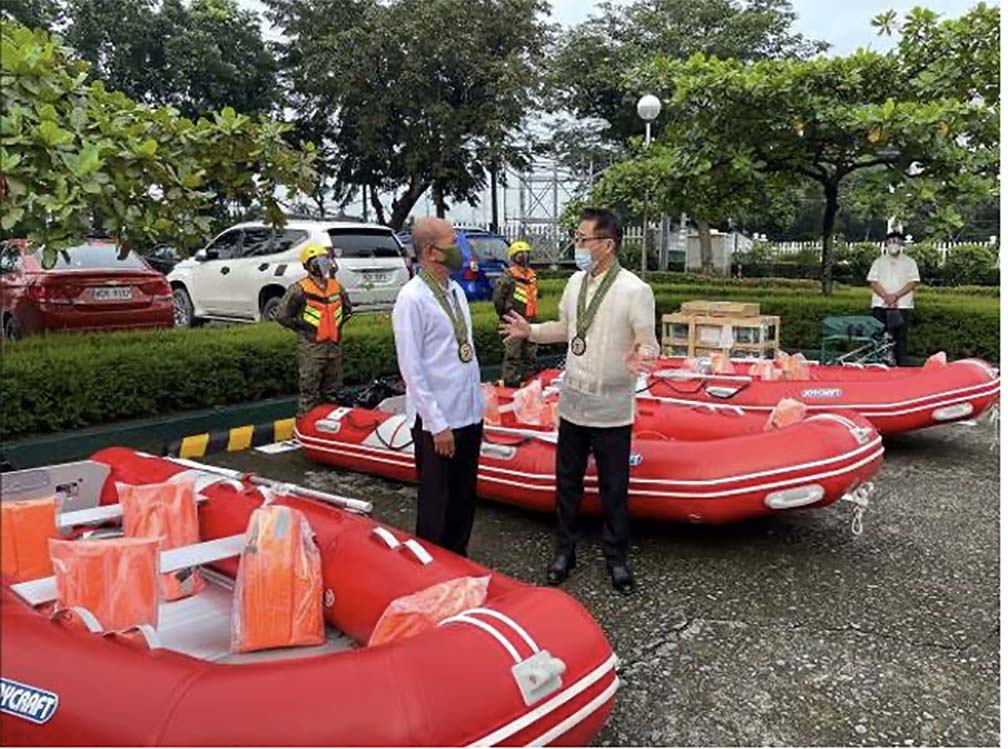
Japan and the Philippines have been maintaining extremely amicable relations. Our relationship was acknowledged as a “strategic partnership” back in 2011. Since then, the bonds between our countries have continued to deepen further. During their summit meeting last February, Prime Minister Kishida and President Marcos Jr. both agreed to strengthen our security and defense cooperation through bilateral consultations, such as the Foreign and Defense Ministerial Meeting (“2+2”). Our leaders also welcomed the signing of the terms of reference (TOR) concerning the Humanitarian Assistance and Disaster Relief Activities of the Japan Self-Defense Forces (JSDF) in the Philippines. Furthermore, they also concurred to continue to consider ways to enhance our defense collaboration, including through frameworks that will facilitate joint defense exercises and exchanges between our two countries.
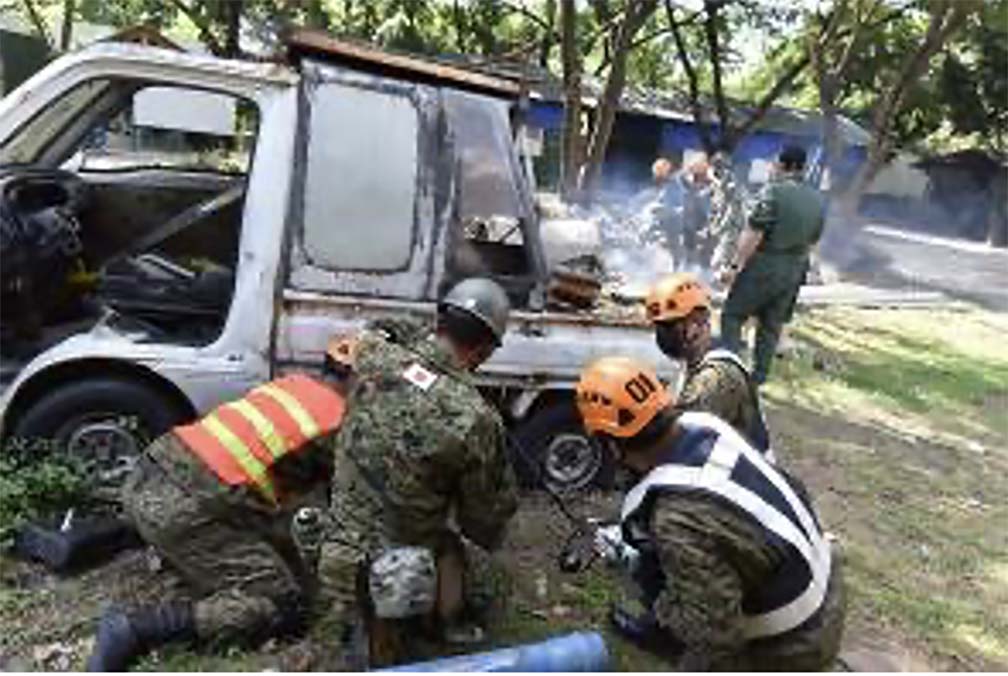
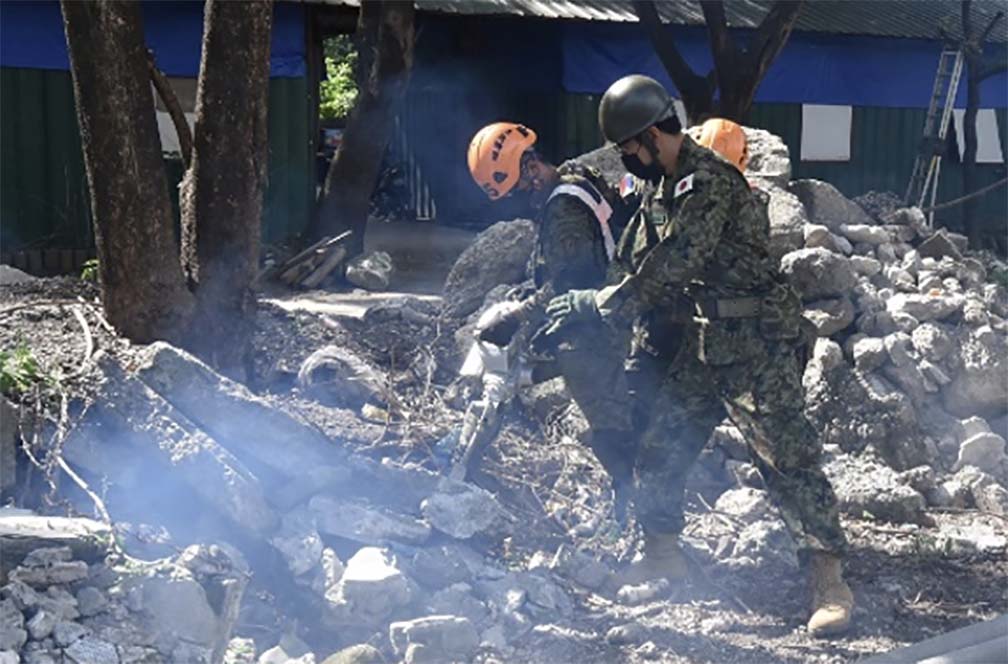
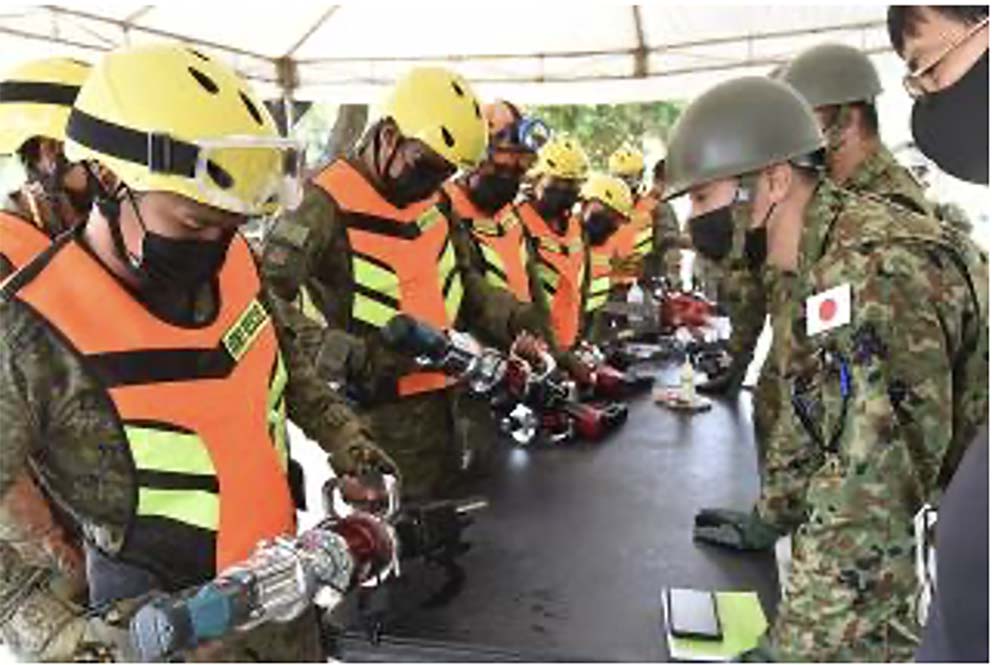
The strong partnership of Japan and the Philippines as neighboring maritime nations bonded by fundamental principles is key to maintaining the existing global order based on the rule of law, especially amid the complex international situation we are currently facing. As President Marcos Jr. welcomed Japan’s commitment to a free, open, and law-based international order during the summit meeting, we are always ready to closely coordinate with the Philippines to preserve peace and stability in the Indo-Pacific region, as well as in the Philippines. Surely, our robust ties will enable us to realize this shared objective.
Clearly, the past decade has seen definite geopolitical movements among countries in the Asia-Pacific. There is a growing awareness of a stronger, more aggressive China in partnership with Russia. What is your reading or assessment of this situation in relation to ASEAN nations and the claims on the West PHL Sea?
Japan and the Philippines view with serious concern the situation in the East and South China Seas, especially with China’s unilateral attempts to change the status quo by force. Based on this premise, in the summit meeting between Prime Minister Kishida and President Marcos Jr. last February, the two leaders concurred to strongly oppose actions, including force or coercion, which may increase tensions. Japan highly appreciates the Marcos Jr. administration’s consistent and resolute response to China’s actions against maritime claims that threaten the law-based maritime order currently in place.
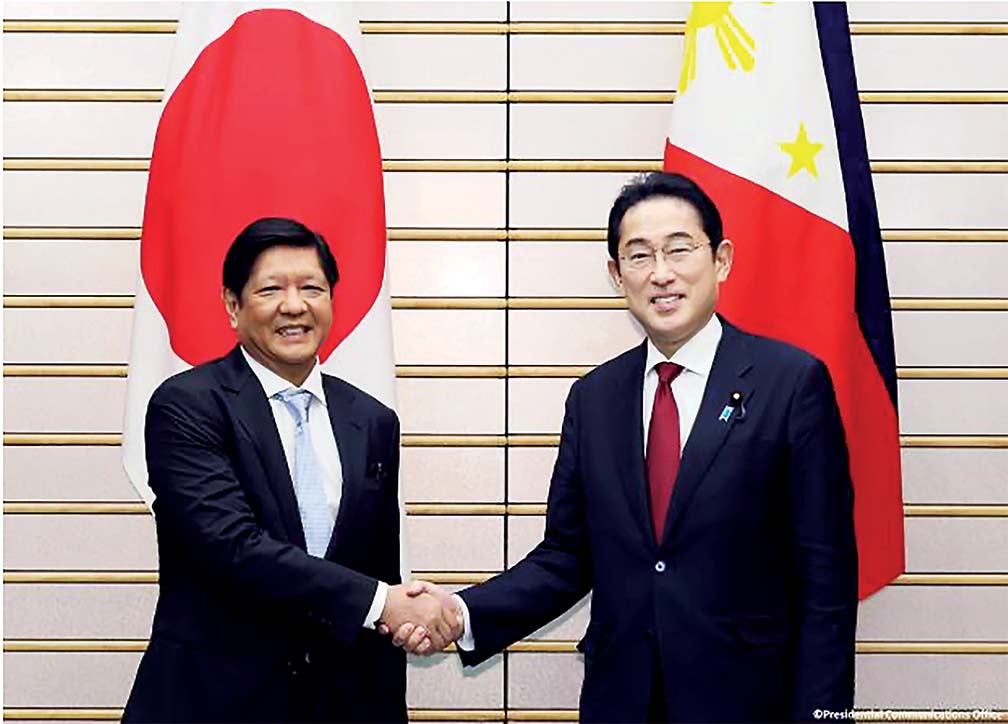
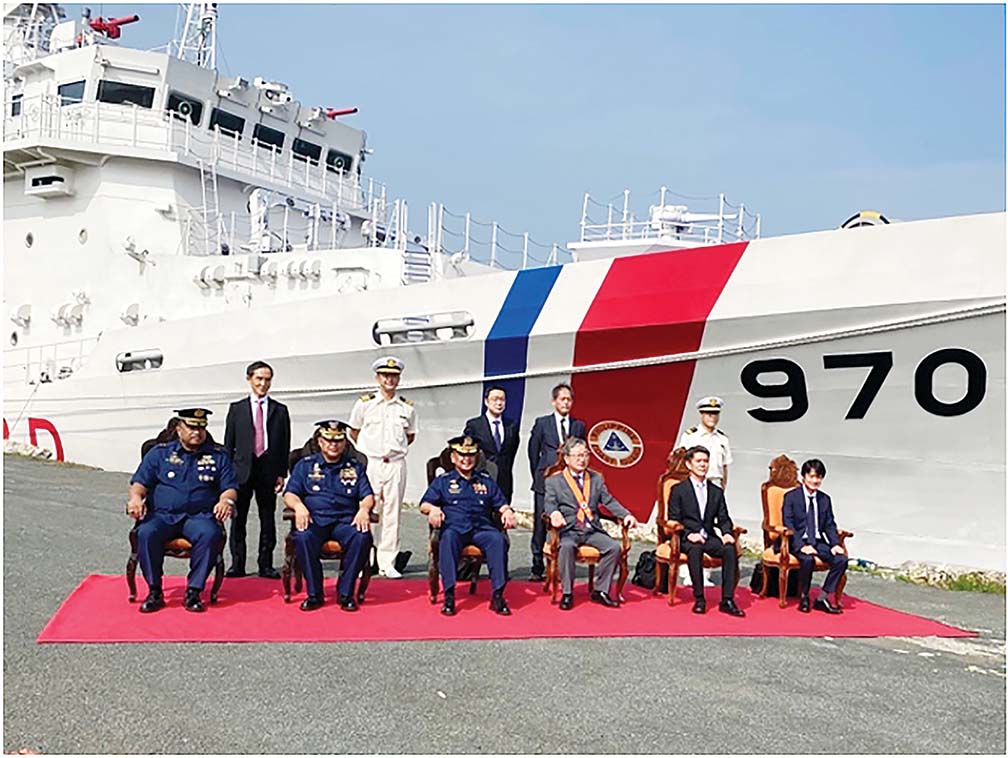
In order to uphold the existing maritime order, it is important to recognize and acknowledge the Arbitral Tribunals between the Philippines and China under the United Nations Convention on the Law of the Sea (UNCLOS). In July 2022, Foreign Minister Hayashi Yoshimasa issued a statement to commemorate the past six years since the issuance of the Arbitral Tribunal’s award, and reaffirmed that the award is legally binding on the parties under the provisions of the UNCLOS. Japan highly appreciates the Philippines’ consistent compliance and commitment to the peaceful settlement of disputes in the South China Sea.
Regarding regional cooperation, both countries reaffirmed that the “Free and Open Indo-Pacific (FOIP)” and the “ASEAN Outlook on the Indo-Pacific (AOIP)” share fundamental principles. Thus, Japan and the Philippines will continue to strengthen cooperation towards the realization of FOIP, the premise of which is to defend peace and create an international environment where freedom, transparency, and the rule of law are upheld. Furthermore, Prime Minister Kishida delivered a policy speech in India last March, announcing Japan’s new plan for the attainment of FOIP. In his speech, he announced a new contribution of USD 100 million to the Japan-ASEAN Integration Fund. In line with this, Japan will also be closely cooperating with ASEAN countries towards our shared goal of preserving peace and stability in the Indo-Pacific region.
What in your view is the best option for maintaining peace and security among nations within the Asia-Pacific region?
As the international community faces era defining changes and challenges, Japan must take a lead toward realizing its own goals while cooperating with various countries and regions, particularly through promoting the vision of a “Free and Open Indo-Pacific (FOIP).” The Indo-Pacific region is not only the core of the world’s vitality which supports more than half of the world’s population, but is also a region which has seen complex power dynamics of countries and has experienced drastic shifts in the regional power balance. It is essential to ensure peace and prosperity in the entire region and beyond, through establishing a free and open order based on the rule of law.
From this perspective, Japan has been strategically promoting efforts to realize FOIP based on the rule of law, in cooperation with like-minded counties. This vision is now shared by the U.S., Australia, India, ASEAN, the EU and European countries, and is gaining broad support in the international community, with various consultations and cooperation under way. The significance and importance of this vision are further increasing in the transition to the post-COVID-19 era. Japan will seize opportunities for various bilateral and multilateral dialogues, including the Japan-Australia-India-U.S. (Quad) dialogue, to further promote initiatives toward realizing the vision.
In this regard, the Philippines is one of the most reliable partners as both countries shared fundamental values of freedom, democracy, respect for fundamental human rights, and the rule of law. At the recent Japan-Philippines summit meeting, the leaders shared the view that a free and open international order based on the rule of law has become more important than ever. They reaffirmed that the “Free and Open Indo-Pacific (FOIP)” and the “ASEAN Outlook on the Indo-Pacific (AOIP)” share fundamental principles.
Japan has always ranked first in terms of the amount of Official Development Assistance (ODA) to the Philippines from bilateral donors. For the length of time that you have been here in the country, are there still areas for development assistance that should be addressed? What would be these new areas for development assistance, if any?
To fully harness the Philippines’ economic potential, I believe that public investments are essential. As the top development partner of the Philippines, Japan seeks to spur economic development in the Philippines by strengthening its ODA projects in priority areas of the Marcos Jr. administration, such as agriculture, information and communications technology, and infrastructure, especially the Build, Better, More Program.
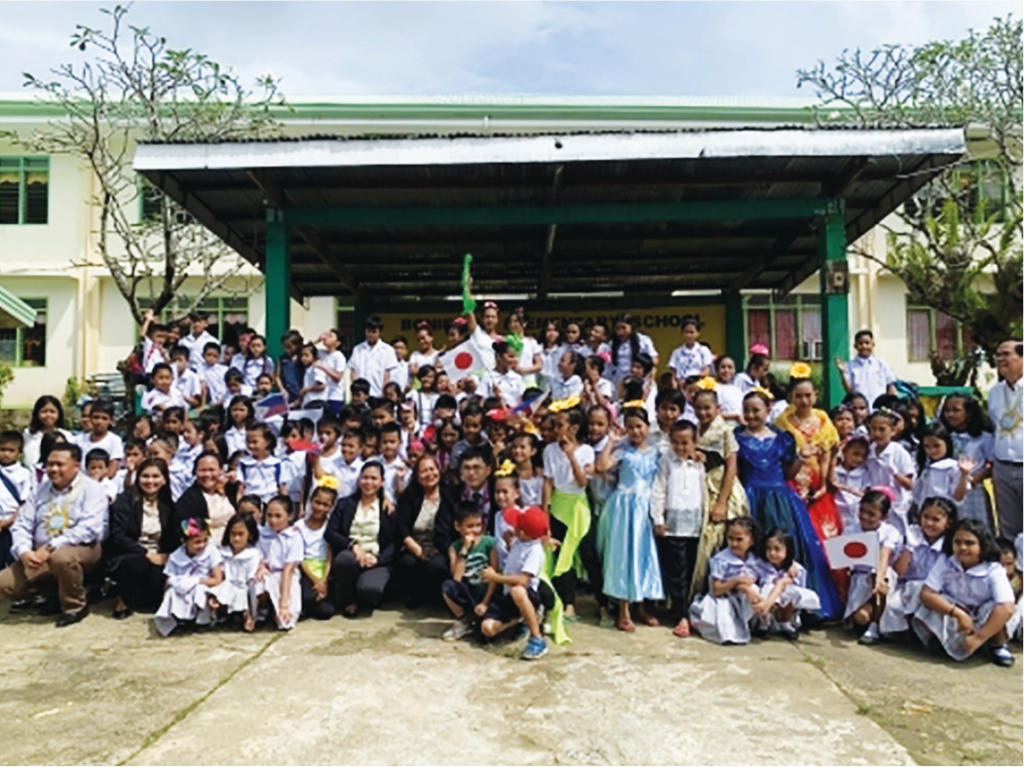
In particular, I look forward to the completion of the Metro Manila Subway and North-South Commuter Railway, which will facilitate faster movement of goods, services, and people, and thereby enhance the Philippines’ investment climate.
Our synergy also extends to critical and emerging fields, such as smart and sustainable agriculture, disaster prevention, health, human resource development, and space technology development.
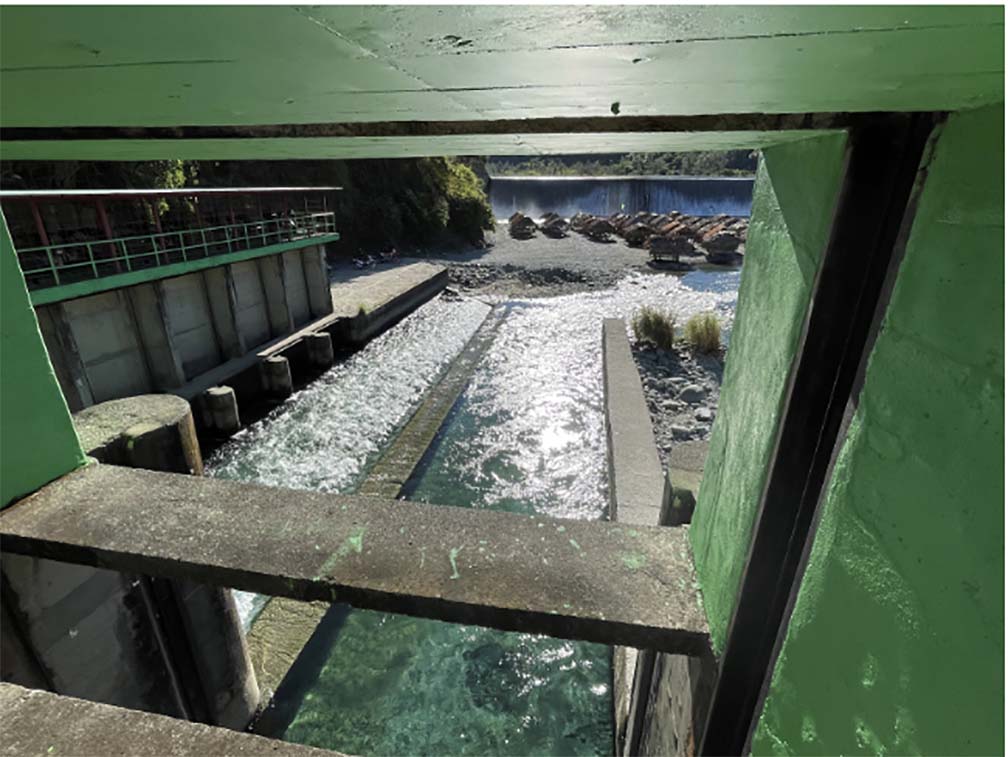
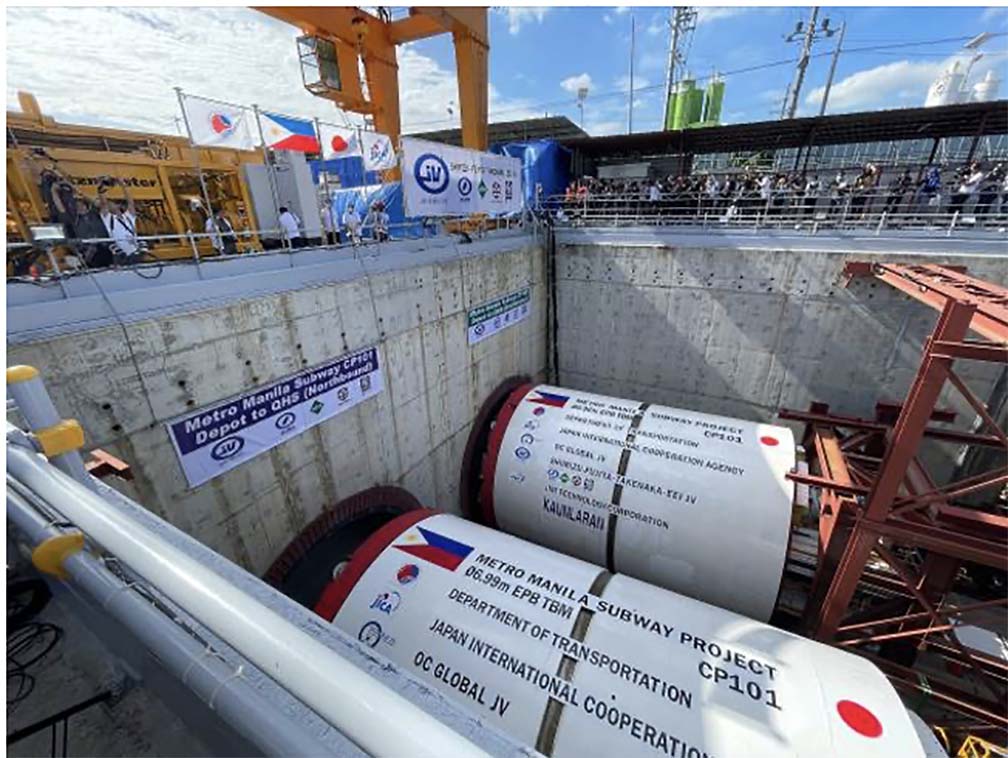

The government of Japan formulated a National Security Strategy in 2013. How does this National Security Strategy reflect on Japan’s ODA policies in the Philippines (for example, on the matter of maritime safety for both countries)?
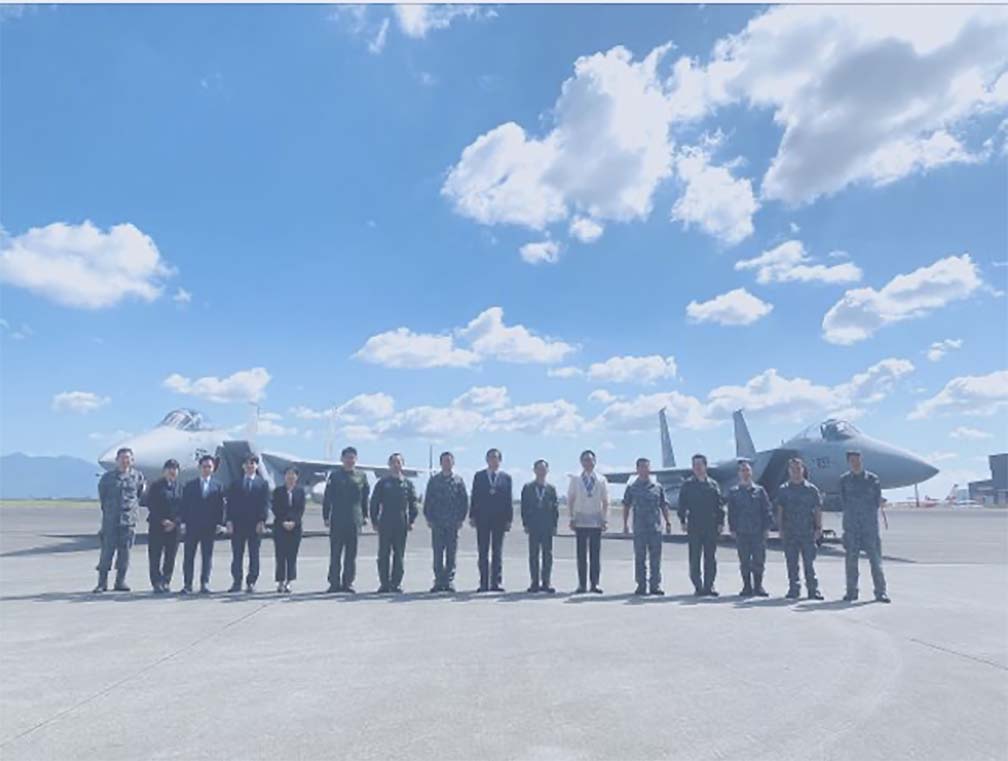
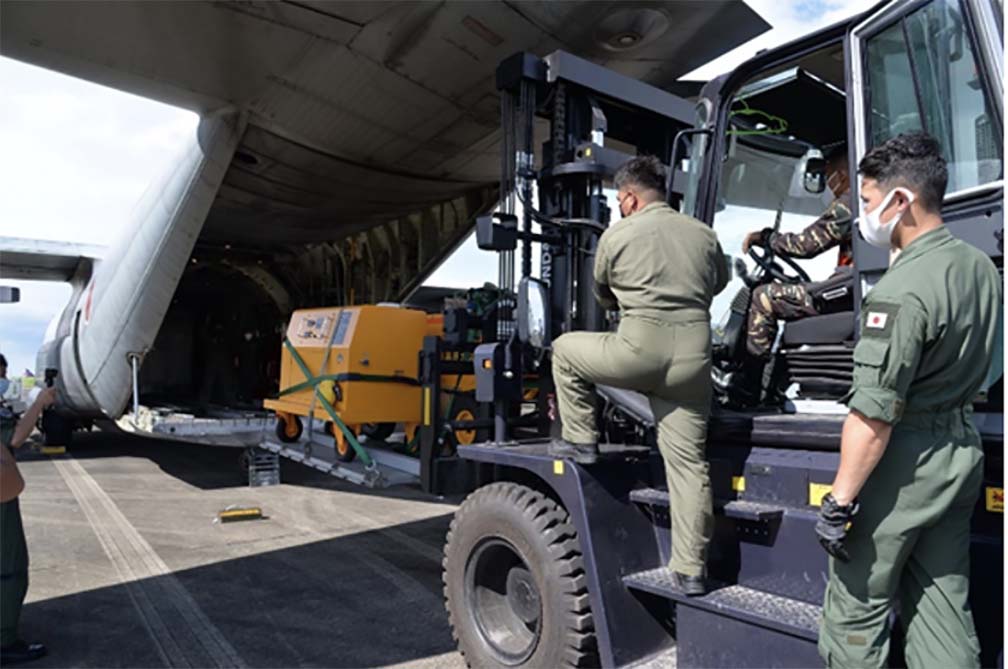
Japan has cooperated with the Philippines in a wide range of fields through the Official Development Assistance (ODA), while upholding the principle underscored in the ODA Charter that staunchly restricts the provision of any military equipment.
Amid recent developments that characterize the complexity of our international situation, the Government of Japan revised its National Security Strategy last year. Among the various efforts to promote peace and stability of the region, the new NSS laid out the direction for establishing a new cooperation framework for the benefit of armed forces, which is a grant scheme now called as Official Security Assistance (OSA). Under OSA scheme, we will support like-minded countries including the Philippines to strengthen their security and improve deterrence capabilities by providing defense equipment and technology.
During his recent official visit to Japan, President Marcos Jr. welcomed Japan’s intention to establish the aforementioned cooperation framework as a means to deepen our security ties. Both governments are currently deliberating a concrete project to improve the capabilities of AFP under this scheme.
It has been said that Japan is the only country that dispatches experts on a long-term basis to work with and develop the skills of Philippine Coast Guard. What has been the accomplishments on this joint endeavor?
The Coast Guards of the Philippines and Japan have shared a long history of cooperation. Since 1998, the Japan Coast Guard (JCG) has dispatched experts on a long-term basis through JICA to support boosting the capabilities of the Philippine Coast Guard (PCG). More than 20 personnel from the fields of human resource development, instructors’ management, maritime law enforcement, and operation and maintenance planning have been dispatched. As our long-term experts have an office located at the PCG headquarters, they are able to work closely with PCG officials to identify support needs and efficiently conduct follow-up initiatives.
In addition, Japan has provided a myriad of maritime equipment for the PCG, such as two 97m Multi-Role Response Vessels (MRRV), 10 44m MRRVs, 13 small fast boats, among others, through ODA loans and grants.
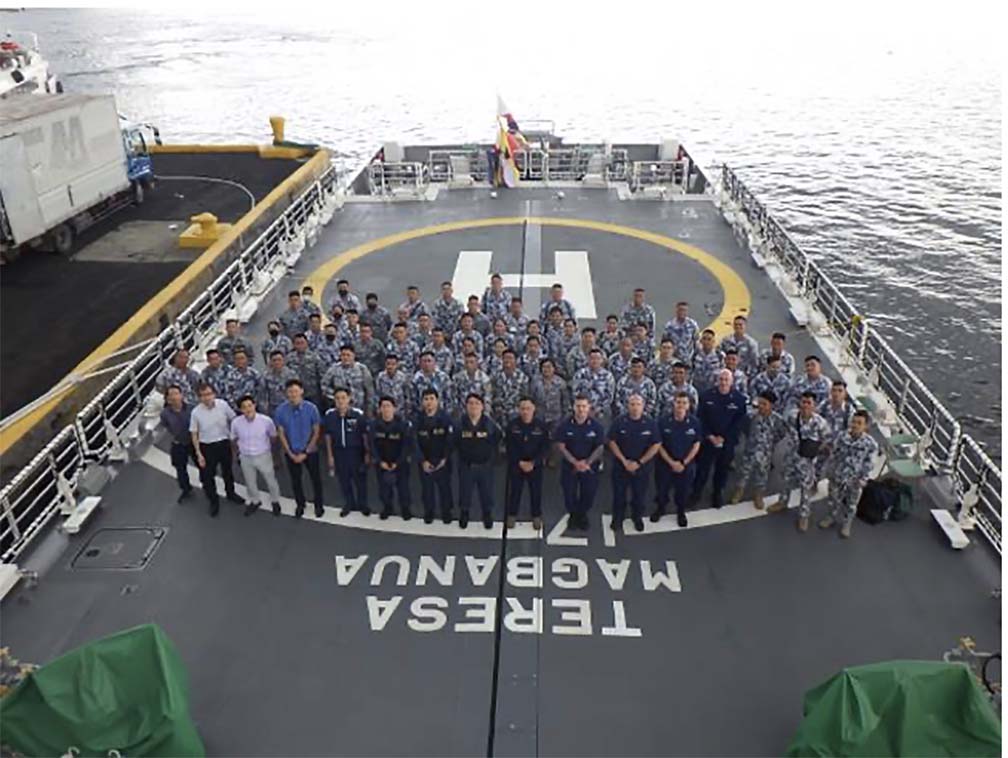

The strength of Japan’s maritime partnership with the Philippines stems from the combination of hard and soft support from our long-term experts. We firmly believe that our long-standing cooperation in this area forms the foundation of the PCG’s maritime law enforcement activities.
Japan is one of the countries supporting peace and development in Mindanao. What has been the main accomplishments of programs and development assistance projects of Japan in Mindanao? What are your views regarding the rehabilitation of Marawi?
Japan’s contributions towards peace and development in Mindanao can be seen in its more than 100 projects implemented since 2002, totaling USD 515 million (PHP 26 billion).
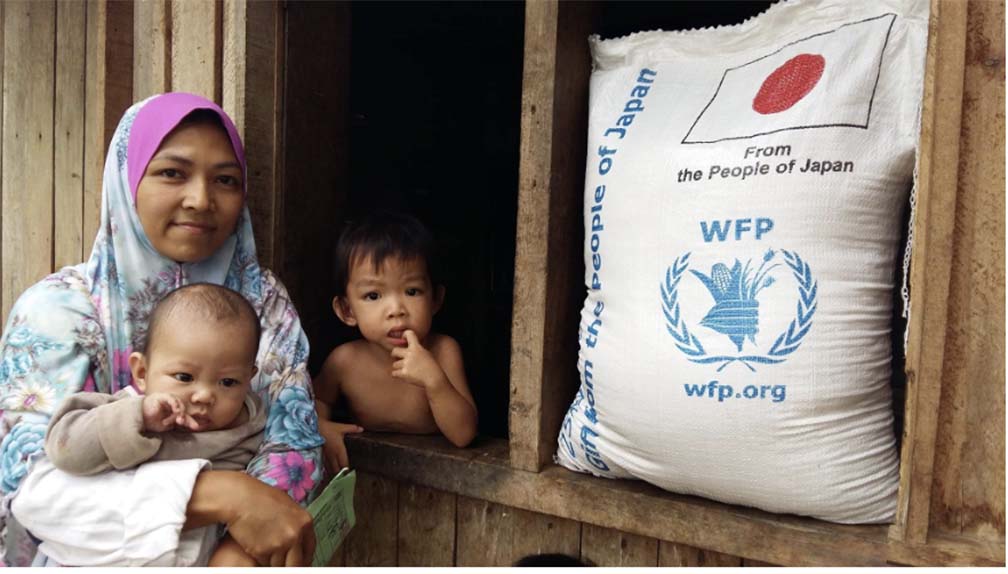
In 2006, then JICA President Madame Ogata Sadako visited Mindanao and held talks with MILF Chairman Ahod “Al Haj Murad” Ebrahim, followed by a meeting with then-President Gloria Macapagal Arroyo in Manila. Having confirmed its strong commitment to the peace process through these dialogues, Japan launched the Japan-Bangsamoro Initiative for Reconstruction and Development (J-BIRD), which aims to enable people and communities in conflict-affected areas in Mindanao to enjoy “dividends of peace” on the basis of human security principles.

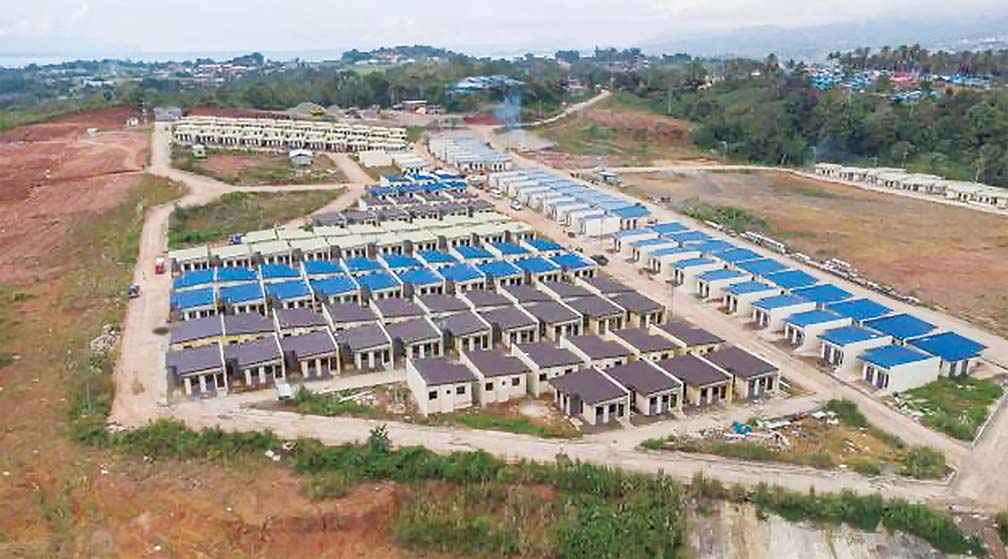
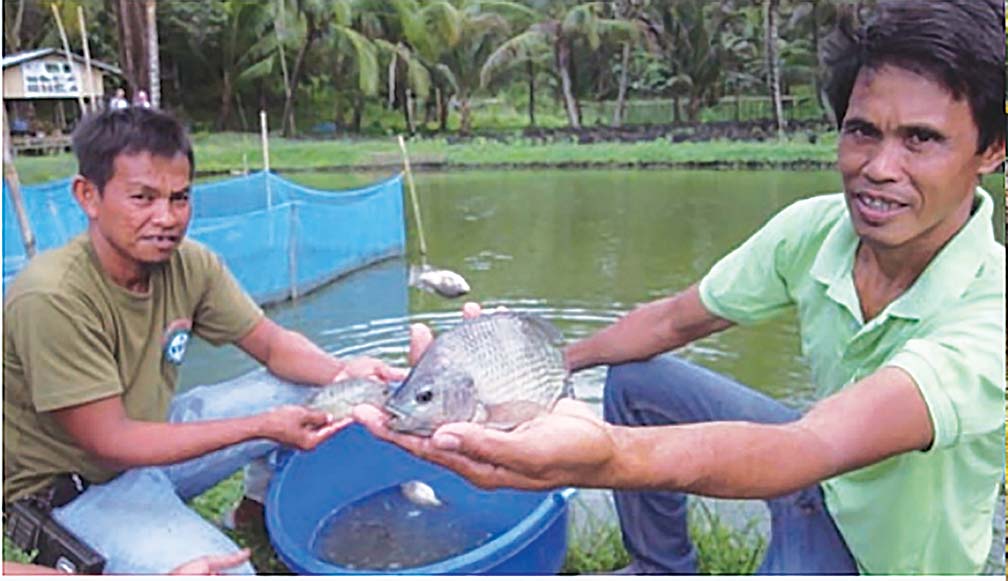
Another important milestone in the Mindanao peace process was the first-ever meeting between then-President Benigno Aquino and MILF Chairman Ebrahim in Narita, Japan in 2011. This historical meeting arranged by the Japanese Government led to the subsequent advancement of the peace process, such as the signing of the Comprehensive Agreement on the Bangsamoro in 2014 and the enactment of the Bangsamoro Organic Law in 2018.
Since the establishment of the Bangsamoro Transition Authority in 2019, Japan has resolutely contributed towards peace and development in Mindanao. Some of our efforts include decommissioning combatants and weapons of the MILF, improving the governance capacities of the Bangsamoro Transition Authority, and contributing towards socioeconomic development.
Regarding the rehabilitation of Marawi, the Government of the Philippines and its international partners, including Japan, have made significant efforts after the five-month conflict in 2017. Unfortunately, the city is not yet fully rehabilitated and there is still a considerable number of displaced people. In moving forward with the rehabilitation, measures should be taken to prevent future recurrence of such conflicts in Mindanao.
The Japanese government has sent a disaster relief team to help the Philippines contain the oil spill in Oriental Mindoro province. What are the latest developments vis-à-vis this effort. What recommendations can Japan give to Filipino environment policy makers?
Following the oil spill disaster in Oriental Mindoro, the Government of Japan dispatched the Japan Disaster Relief (JDR) Expert Team—composed of eight experts from the Embassy of Japan in the Philippines, Japan Coast Guard, and Japan International Cooperation Agency—to contribute to preventing further oil contamination and restoring the marine environment in affected areas.
The JDR Team conducted several activities in the Philippines from March 10 to 21, 2023, including provision of technical advice for offshore and shoreline clean-up operations in Mindoro Island. The Japanese Government supplied equipment in the form of oil blotters, oil snares, and oil-proof working gloves, and also provided satellite images of the oil spill taken by the Japan Aerospace Exploration Agency (JAXA).

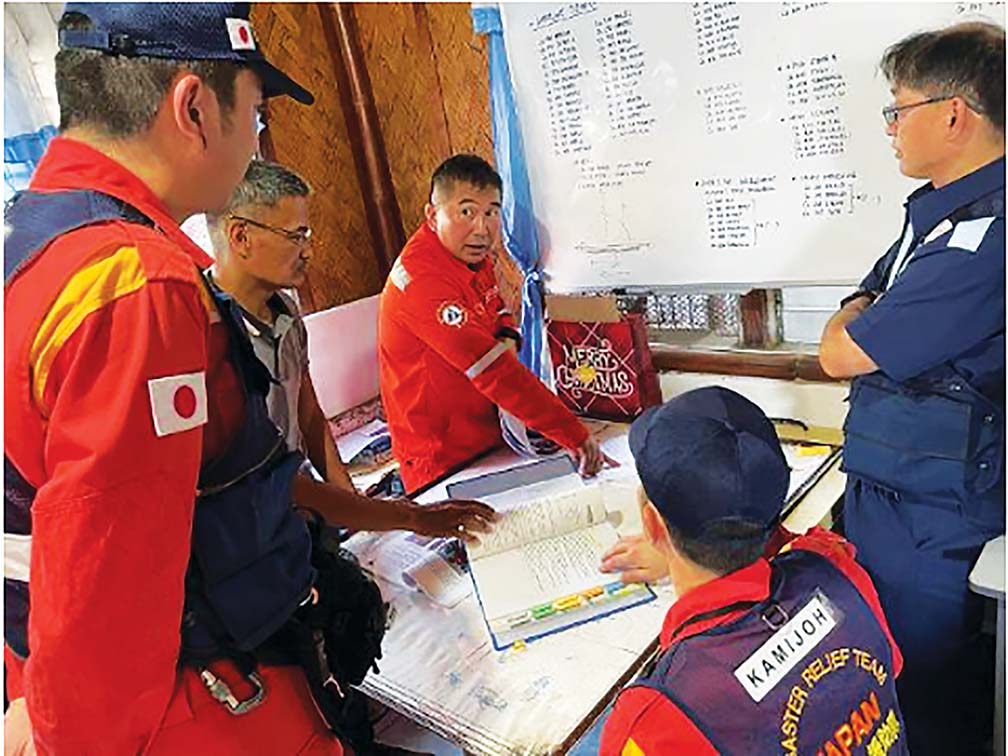
The JDR team assessed that the methods implemented by the Philippine Coast Guard and other responders in offshore operations were generally considered appropriate. Therefore, the spread of toxic oil to coastal areas is currently being managed to a certain extent.
The COVID-19 pandemic is viewed as the greatest danger that faced humanity in 2020. As governments across the globe reacted to the pandemic, what has been the achievements of Japan in helping countries address the rampant spread of COVID-19, in particular, for countries like the Philippines?
In the prolonged fight against COVID-19, Japan has been with the Philippines in every step of the way. We have strived to keep strengthening our cooperative relationship through the provision of vaccines and cold chain equipment, as well as financial packages to boost the Philippines’ pandemic recovery efforts and resilience against similar future emergencies. These include the COVID-19 Crisis Response Emergency Support Loan (CCRESL) and the Post-Disaster Stand-by Loan (PDSL 2), which have more concessional terms than ordinary ODA loans. On our path to recovery from the pandemic, we are committed to ensure that “no one will be left behind.”
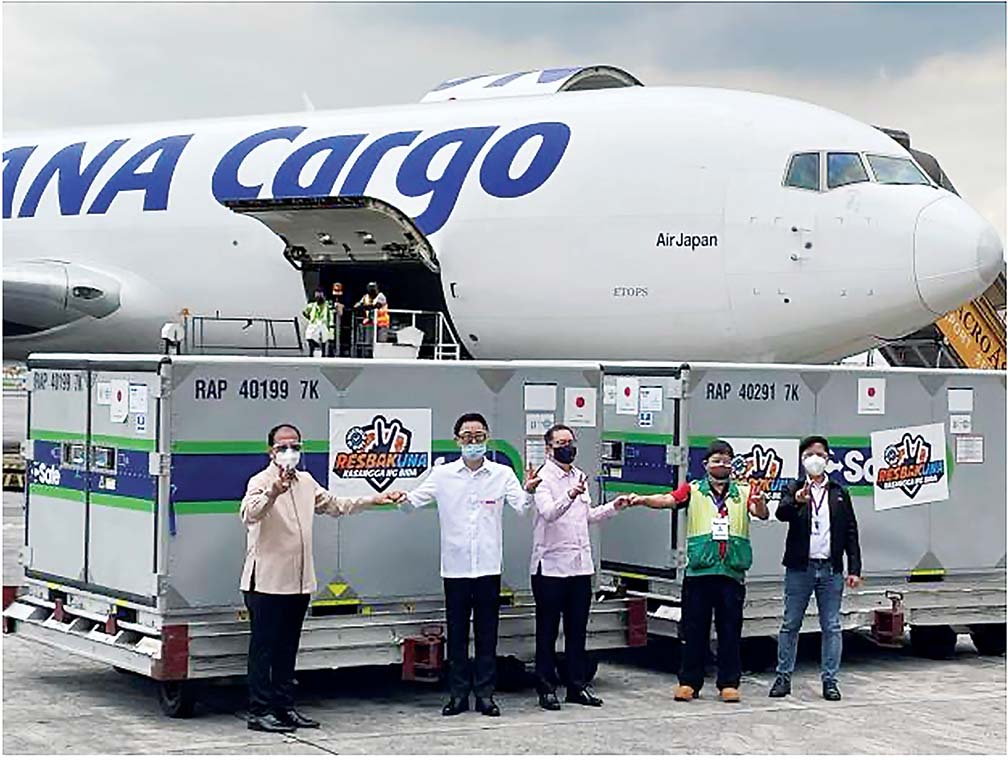
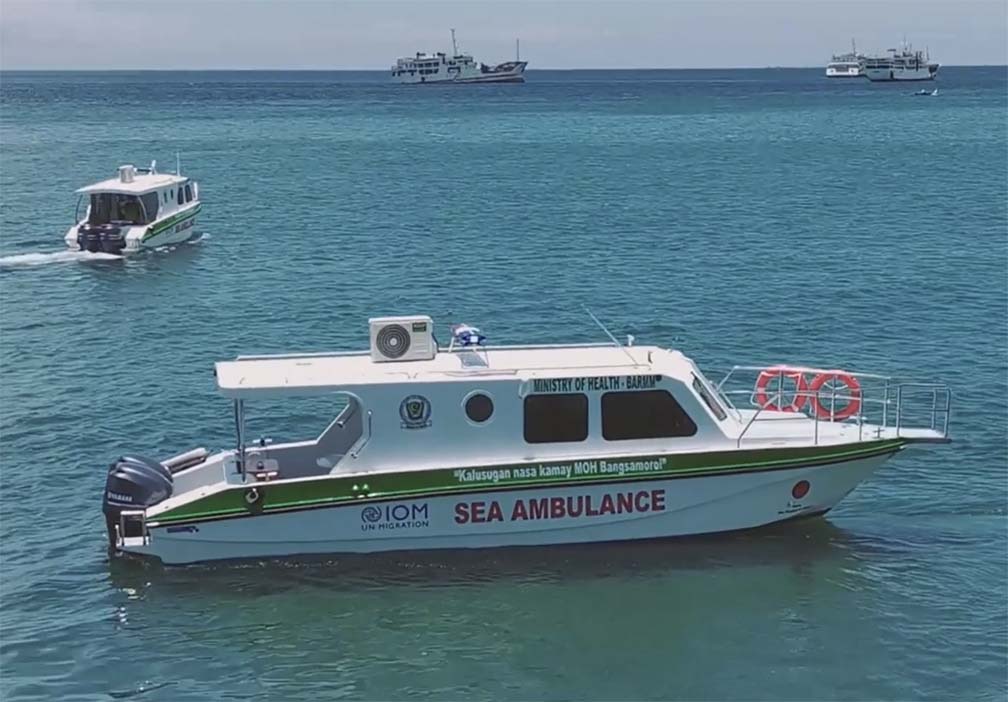
Reports have it that there are almost 1, 500 Japanese companies in the Philippines. How would you gauge the current economic climate of the Philippines insofar as Japanese business in the country is concerned? Can we expect more Japanese firms to locate in the Philippines in the next five years? What areas of business would be attractive to Japanese investors?
We have observed that the current macroeconomic environment in the Philippines is generally favorable, as the country gradually recovers and transitions back to normal after the pandemic. However, in the short term, there is a need to closely monitor the influences of persistent high inflation and interest rate hikes on the Philippine economy.
Nonetheless, the Philippines remains to be an attractive investment destination for Japanese companies and businesses, especially because of its vibrant and talented labor force. We continue to see the Philippines’ great potential for drumming up more investments from Japan and other countries in the coming years, particularly in the manufacturing, IT, energy, and infrastructure sectors, in view of the deregulation of foreign investments in the past few years. The advancement of the peace process in Mindanao and the remarkable improvement of the security situation in Metro Manila are also other factors that would spur the momentum of foreign investment.
However, I would like to point out that, in order for companies to continuously invest in the Philippines, medium- to long-term predictability is important, in addition to the availability of production factors and sustainment of the Philippines’ competitive advantage as a market. It is also imperative to consolidate administrative practices based on international standards, especially in tax administration, and to improve efficiency in public administration through digitization.

